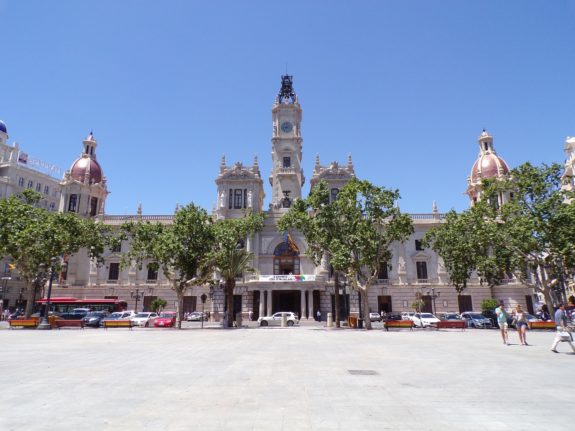The Spanish economy expanded by 2.8 percent from the first three months of the year despite lingering uncertainty about the Covid-19 pandemic, according to data published by the National Statistics Institute on Friday.
In the first quarter of the year the Spanish economy contracted by 0.4 percent after having plunged by 10.8 percent in 2020.
According to economists, the first quarter drop was due to the cold snap that caused havoc in Madrid as well as the tightened pandemic restrictions due to increasing Covid cases in early 2021.
But the second quarter benefitted from relaxing pandemic restrictions as infections dropped and the vaccination campaign swung into action.
Compared to the second quarter of 2020, when much of the Spanish economy was at a standstill due to pandemic lockdowns, the expansion was 20 percent.
The news follows the International Monetary Fund’s latest report on Wednesday where it raised its GDP growth forecast for Spain by 1.1 points in 2022 to 5.8 percent.
After having suffered the greatest drop in GDP of the world’s developed nations, Spain will be together with the United States the developed economy that will recover the fastest from the coronavirus crisis, writes the IMF.
According to the report, salaries in Spain will also record the largest growth in 2022 together with those in the US, the UK and Canada.
The outlook for the third quarter of 2021 has darkened as Spain’s key tourism industry has not enjoyed a much-hoped-for rebound as the surge in the Delta variant has cooled vacation travel despite progress with vaccination campaigns.
The Spanish government still forecasts the economy will expand by 6.5 percent for the year.



 Please whitelist us to continue reading.
Please whitelist us to continue reading.
Member comments